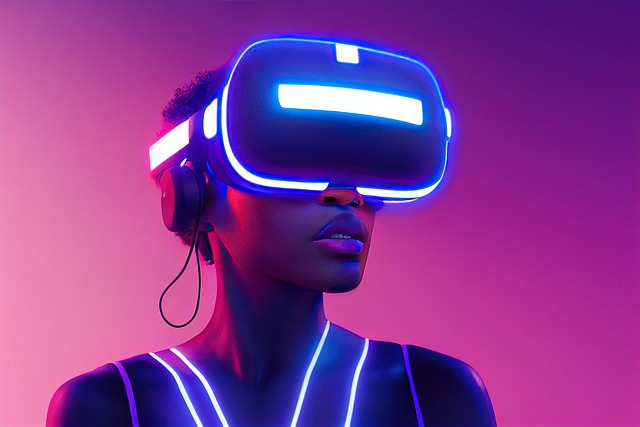The landscape of language learning is rapidly evolving, embracing innovative technologies that transport learners into immersive environments. With the advent of Virtual Reality (VR), Augmented Reality (AR), and the Metaverse, traditional methods are being revolutionized, making language acquisition a more engaging and effective experience. This transition towards immersive language learning is not just a trend; it’s a powerful shift that mirrors how we interact with the world around us.
Virtual Reality: A New World for Language Learners
Imagine stepping into a bustling market in Paris, the sounds of vendors calling out in French all around you. With VR, this scenario becomes a reality. Virtual environments allow learners to interact with native speakers, navigate real-life situations, and immerse themselves in the cultural nuances of the language. This kind of experiential learning replicates the circumstances of living in a foreign country, enhancing both comprehension and retention. As students practice their pronunciation and conversational skills, the fear of making mistakes diminishes within the safety of a virtual space.
Augmented Reality: Blending Learning with Reality
AR brings an exciting dimension to language learning by overlaying digital information onto the physical world. For instance, pointing a device at an object can trigger vocabulary lessons or pronunciation guides. This seamless blending of technology with everyday life transforms mundane environments into dynamic learning opportunities. Whether it’s tagging objects in a classroom or using interactive apps that challenge learners to describe their surroundings in a new language, AR makes learning feel accessible and engaging. It allows learners to maintain a connection with the real world while they embark on their linguistic journey.
The Metaverse: A Community of Learners
The Metaverse opens up endless possibilities for collaborative and social language learning experiences. It creates an expansive space where learners from different backgrounds can come together in virtual classrooms or social hangouts to practice their skills. This immersive social interaction helps break down barriers and fosters a community where learners can share knowledge and encourage one another. The Metaverse not only supports traditional study but also integrates gamification and cultural experiences, allowing learners to engage holistically with the languages they are acquiring.
Embracing the Future of Learning
As we navigate through these immersive landscapes, it’s vital to remember the emotional and cognitive aspects of language learning. Immersive language learning approaches, powered by VR, AR, and the Metaverse, have the potential to make education more intuitive, enjoyable, and effective. This transformation aligns with our natural curiosity and desire for connection, making the journey of learning a new language feel less like a chore and more like an adventure. In this brave new world of language acquisition, the skills we develop will not only be practical but will also open doors to new friendships, cultures, and experiences that enrich our lives.



